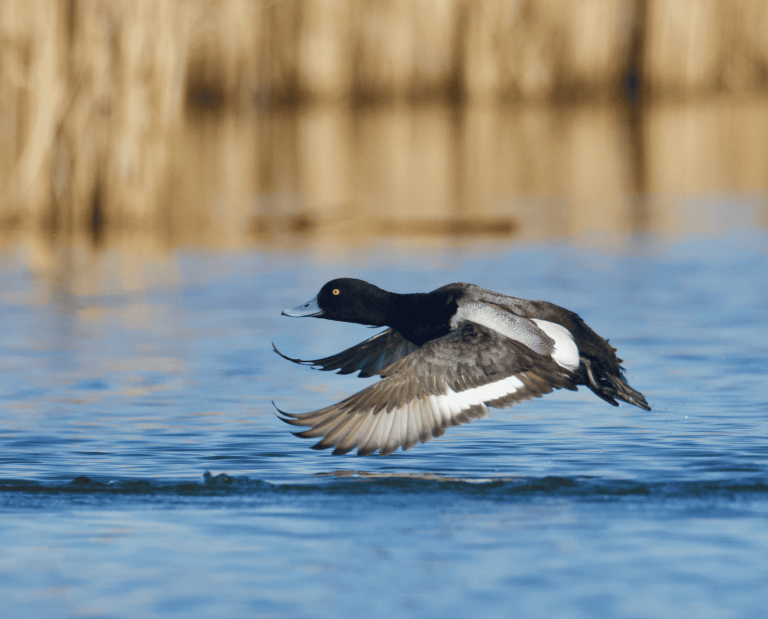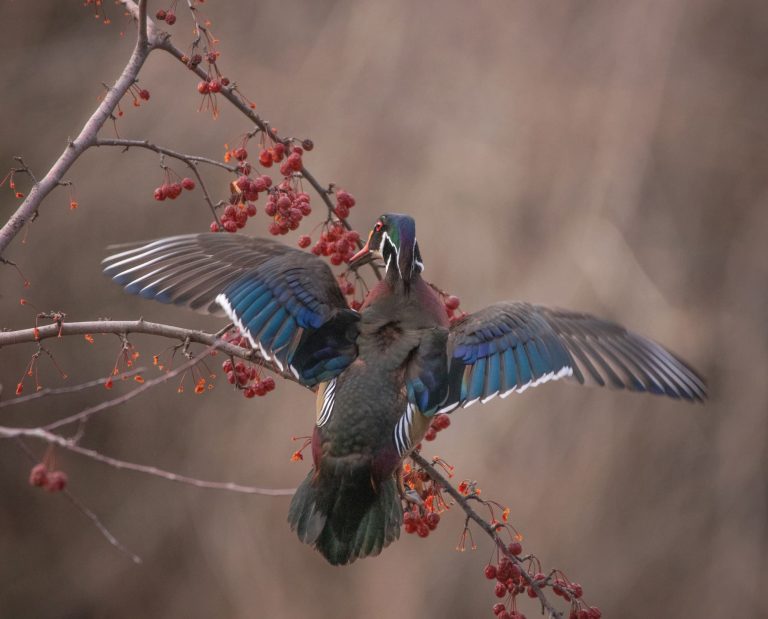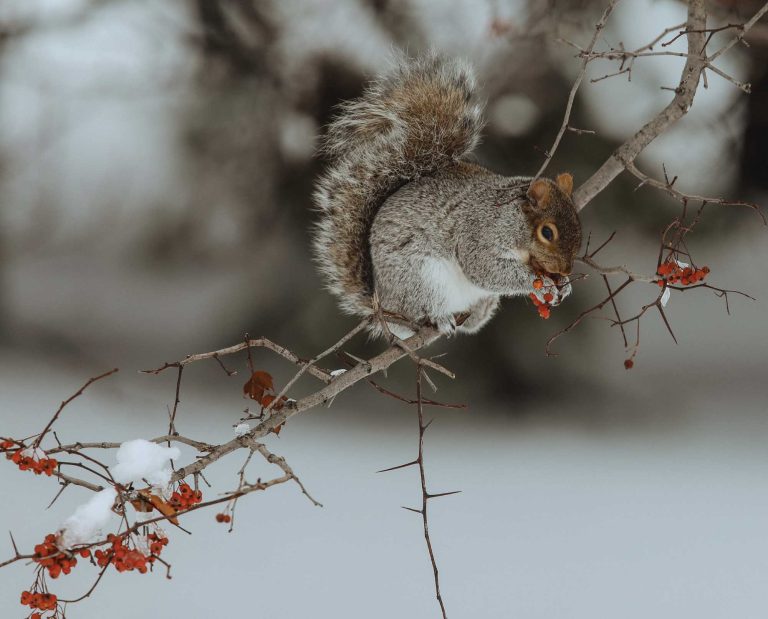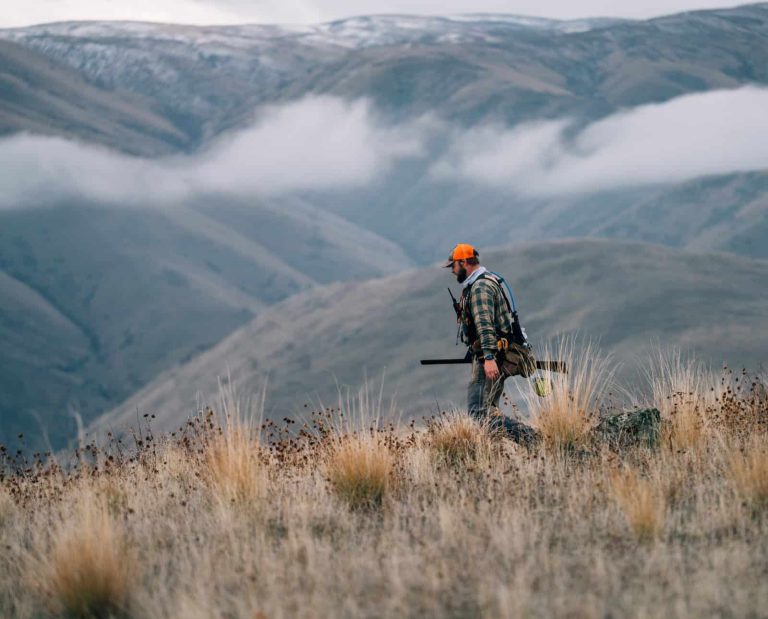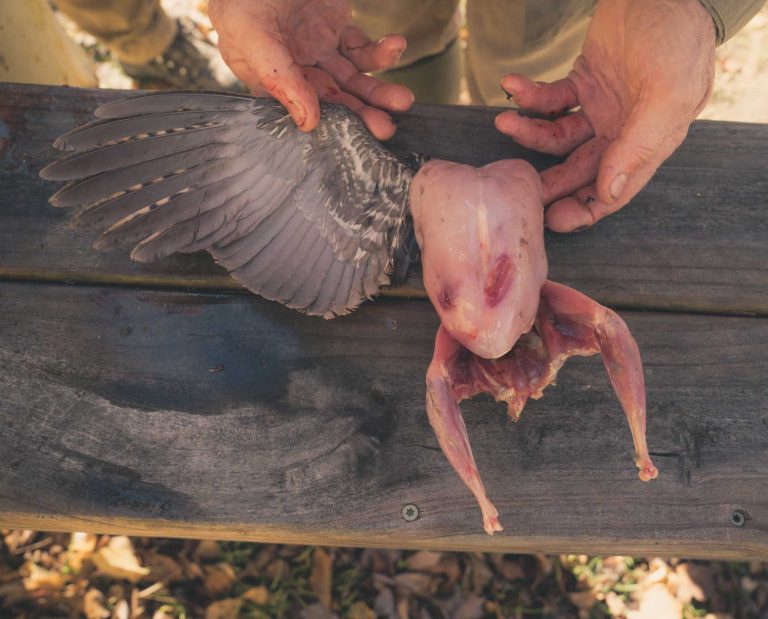Identifying and Foraging for Ramps
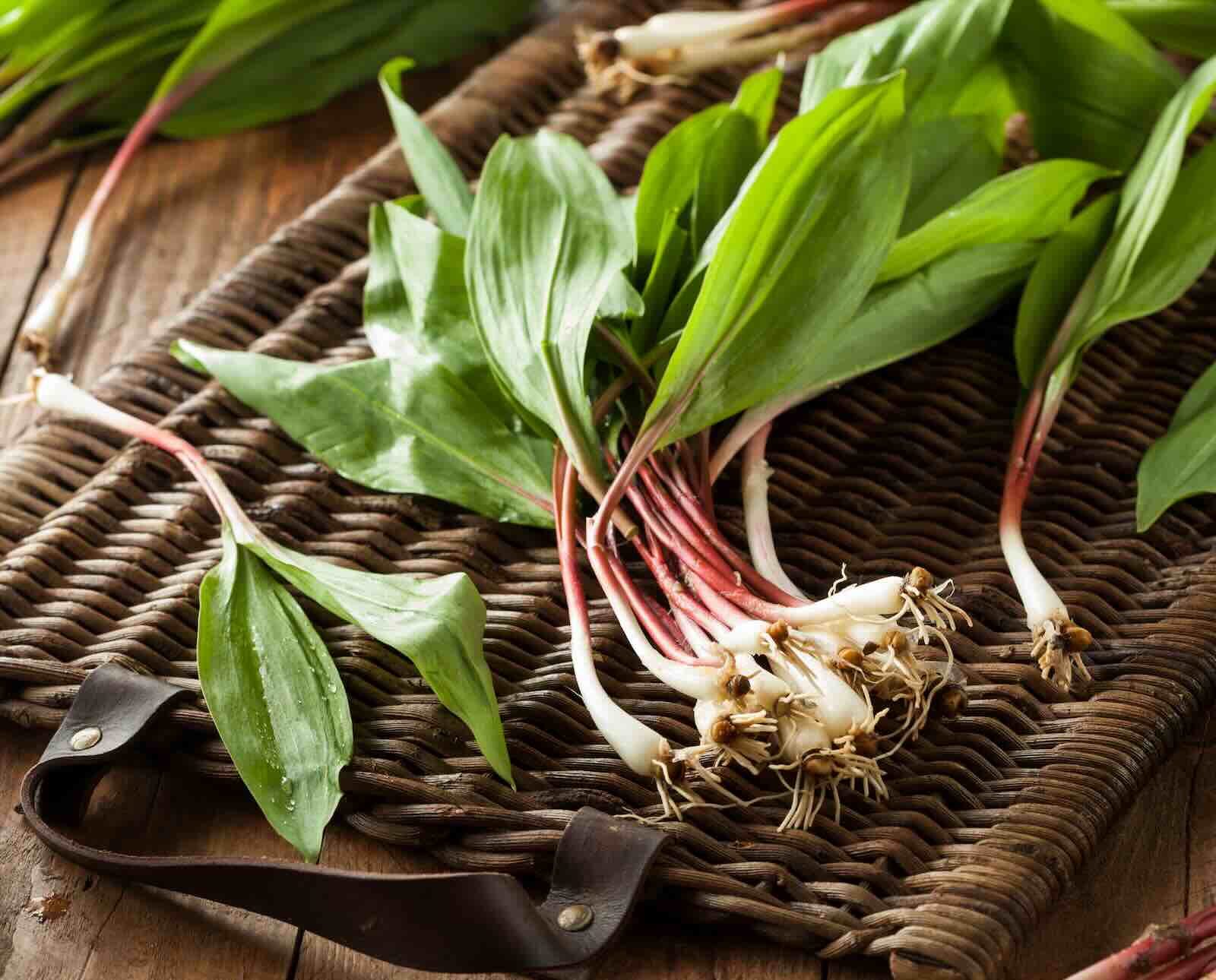
Also known as wild onion or wild garlic, ramps make a natural and bright addition to any dish
After a long, cold, and dark winter, our eyes long for any green thing to emerge from the warming earth. I’m impatient for that first bit of life to rise up and out of the soil like tongues of green fire. Ramps (Allium tricoccum) are always one of the first plants poke out of the soil in the woods, cheering me up and reassuring us that another winter has concluded.
Ramps, also called wild onions or wild garlic, grow in the eastern part of the US and Canada and seem like a cross between these two plants – part onion, part garlic. They have long been a staple of Appalachian cooking and diet. Euell Gibbons, in his classic text on foraging, Stalking the Wild Asparagus, called ramps “wild leeks” and wrote that they were “a member of the onion tribe greatly appreciated in family.” Gibbons noted in his chapter on wild onions that allium species are one of the country’s most widespread and abundant species, found in every state.
Since the rise of our globalized food system, we have grown used to eating foods out of season – strawberries in December, lettuce in January, and tomatoes in February. Up until about 100 years ago, and still in some parts of the world today, people eat seasonally, as foods ripen and can be harvested in their pre-ordained time. Ramps are still such a food, foraged and dug during a small window of April or May, depending upon your location. Their ephemeral nature, in part, makes them so appealing.
Locating Ramps In The Wild
Before eating them, though, you must find them. In northern Wisconsin, I look for ramps in heavy, moist soils in hardwood forests, particularly in stands of maple. If you’re new to foraging ramps and unsure of where to find them or how to identify them, you could tag along with an experienced ramp forager, but I’ve found they often guard their secret spots the same way ruffed grouse or mushroom hunters guard the locations of their favorite coverts. This is to be expected since these foods are beloved, sometimes fragile, and always finite in number.
Before greenup is the time to find ramps. The splashes of green light up the dull colors of the woods like neon signs in the night. Often I find them underneath the just-budding maples and their flashes of red at the tips of their branches, so I search for red and green as I move through the woods. Ramps grow in perennial clusters, sometimes in prolific concentration. In my favorite patch, they grow so thick that it’s difficult to not tread on the plants. The long, flat leaves grow to between 8 and 12 inches when mature, and one flowering stem grows from each cluster of bulbs.
If you pluck a ramp leaf and taste it, you will know it by its oniony flavor. This distinguishes it from some toxic look-alikes: lily of the valley (Convallaria majalis) and false hellebore (Veratrum viride). Often cultivated in gardens, all parts of lily of the valley are toxic, especially its red berries. It features white bell-shaped flowers in wispy sprigs. False hellebore’s leaves are heavily ribbed and arranged spirally. Full of alkaloids, false hellebore is extremely toxic. Ramps can also be confused with bluebead lily (Clintonia borealis), which isn’t toxic, but not palatable.
The rounded stems of Allium tricoccum are tinted pinkish-purple where they rise out of the soil, which isanother way to identify the plant. This is unlike the variety Allium tricoccum burdickii, which shows white stems at the soil level. This subspecies of ramps grows in southern Wisconsin and northern Illinois, among other places, and is supposedly the stinky onion plant that the city of Chicago was named after, a French bastardization of the Miami-Illinois word shikaakwa.
Ramps still grow in and around Chicago, particularly in the city’s 70,000 acres of forest preserves. As ramps have become trendy, demand has grown, especially from restaurants and retail outlets. According to public television station WTTV in Chicago, poaching has been a lingering problem in the city’s forest preserves, where it is illegal to gather anything – ramps, mushrooms, antlers, even stones, I suppose. ” come out with buckets, grocery bags, garbage bags or even their purses full,” said Michael Parzygnat, a Chicago forest preserve officer. ” caught someone with a shopping cart full of 30 pounds of plants. Often in their vehicles, they’ll have even more.” Parzygnat said the forest preserve issues about 100 citations per year for poaching various things and estimated nearly half of the citations involved ramps.
Ramps are not particularly delicate plants, they just like certain soil types. Ramps also grow slowly, taking anywhere from three to eight years to mature from seedling to fully flowering and reproducing plant. They are not considered endangered, but due to their slow reproduction and popularity, it’s easy to overharvest them, especially near a densely urbanized area with high restaurant and retail demand like Chicago.
Harvesting Ramp Leaves
We can sustainably harvest ramps if we take the time and care to do so. One of the easiest and most effective ways is to only take one leaf from the plant and leave the bulb in the ground so the plant can continue to grow. Ramp greens can be used in a variety of dishes. They can be sautéed or chopped up and spread in a salad. You can infuse them in oil or butter as well as use them in a meatloaf or minced up in a salad dressing. A former neighbor used to make pesto from the leaves, and this spring, I would like to add some ramp leaves to homemade pasta since our favorite nettle patch died off and we no longer have those leaves to make nettle pasta.
Others try to leave the bottom part of the bulb in the ground so the roots can at least have a chance to grow back the plant the following year. This takes a bit more time since you need to dig away the soil to expose the bulb so you can see what you’re slicing. A tool like a Japanese hori hori garden knife and a bit of practice are required for this technique.
If you want to harvest the entire plant – leaves, stem and bulb – you should only take one bulb from every cluster of plants instead of digging up entire clumps of plants like you’re digging up potatoes. Allium tricoccum typically produces a cluster of two to six bulbs. Experts suggest taking these bulbs from only 10 to 20 percent of the plants in each clump.
We prefer to harvest our ramps in areas of precocious growth or in areas that are difficult to access. Most foragers will rarely wander more than a half mile from a trail or logging road to dig ramps, so you can rest somewhat assured that a faraway place will see little, if any, traffic other than your own boots.
Ramp Foraging Regulations
Check your local laws and regulations concerning ramp harvesting. For instance, it is illegal to gather ramps on public land in Michigan. West Virginia has a limit of one plastic grocery bag of ramps in their national forests, which is 180 plants. You can only gather for yourself, too, which prohibits commercial gatherings for restaurants or retailers. The USDA lists ramps as “plants of special concern” in Maine, Rhode Island, and Tennessee, noting that in these places, ramps are vulnerable and their populations are on the edge of becoming endangered.
In the Great Smoky Mountains National Park, after a five-year study revealed a steep decline in ramp plants due to over-harvesting, the park outlawed ramp harvesting. Poaching ramps in the national park could lead to as much as a $5,000 fine or even jail time. The study “The Impact of Harvesting Ramps in the Great Smoky Mountains National Park” showed it can take up to 20 years for a ramp patch to recover fully when the plants are extensively harvested. According to the park superintendent at that time, Michael Tolefson, before the ban ramp was enacted, harvesters routinely took all of their peck-a-day limits from one patch which didn’t leave enough plants to regenerate that patch. This practice was not sustainable; ramps were disappearing and so the ban was enacted.
Whether we’re harvesting upland birds or foraging ramps from public lands, we need to be safe rather than sorry. By the time we notice that a local population of ramps or ruffed grouse is in decline, it might be too late. And it would be a much grayer springtime without the drumming of grouse or the welcome green and tangy taste of ramps.




